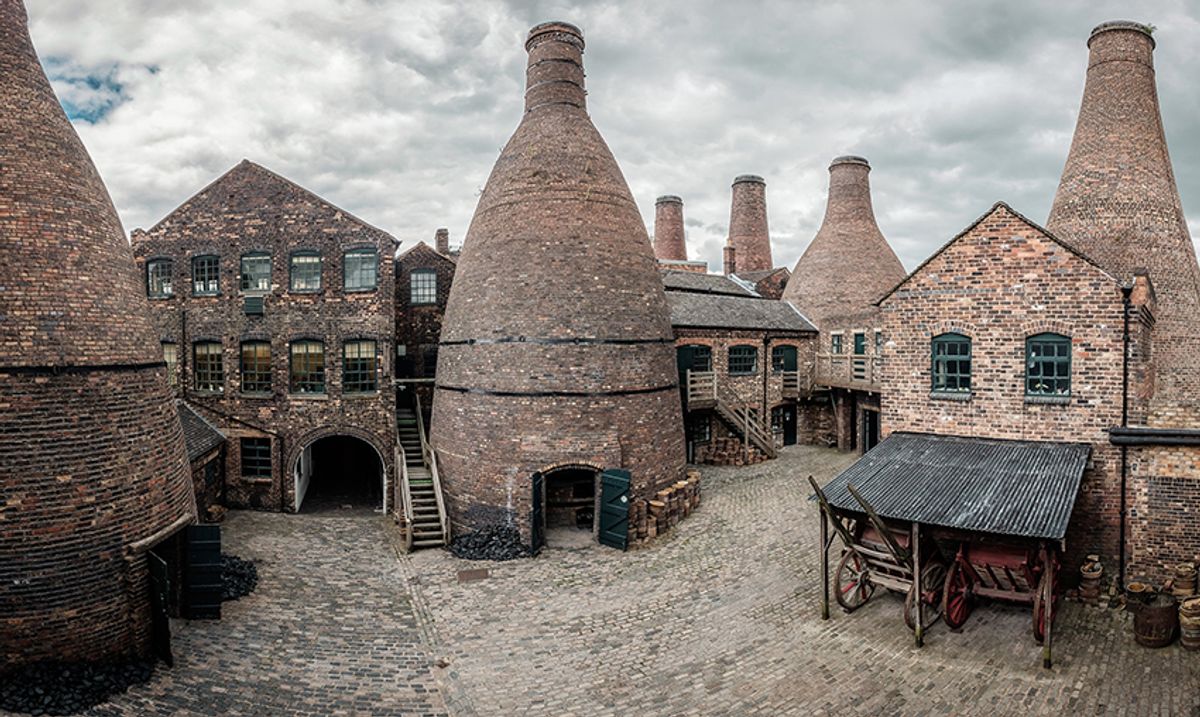Plans by Stoke-on-Trent city council to close Gladstone Pottery Museum for five months a year and cut full-time staff have been criticised by heritage professionals.
Under the new proposals, the celebrated pottery museum—the setting for the Clarice Cliff movie biopic The Colour Room—would close between November and March each year and be used as a filming location and events venue.
Gladstone Pottery Museum and Potteries Museum and Art Gallery, another museum in the northern UK town known for its centuries-old pottery industry, would open five days a week under the plan. In the council budget consultation (2022/23), the council states that its proposed “museums service reconfiguration” would save £560,000, with overall cost-cutting intended to save £10m in total. A petition opposing the plans, urging the council to “keep Stoke-on-Trent’s pottery museums open every day”, has been signed by more than 17,000 people.
Councillor Abi Brown, the leader of Stoke-on-Trent city council, said in a statement that creating a single team to work across both museums forms part of the proposals. A spokesman for the city council also confirmed that under the plan, around 19 full-time staff in the city's museums service would lose their jobs while 5.5 new roles would be created. According to the BBC, the council plan would also see two ceramics curator posts cut and replaced with a new role titled "curator-contemporary collecting". The council is seeking public consultation on the proposals with a deadline of 14 February.
Alasdair Brooks, the chief executive of Re-Form Heritage, a charity based in Stoke-on-Trent, posted on Twitter that he is “concerned to read of the planned staff cutbacks at Stoke's Potteries Museum & Art Gallery and Gladstone Pottery Museum”. The archaeologist Birgitta Hoffmann tweeted that the plans are a “disaster”.
Abi Brown added: “The outstanding new Spitfire Gallery opened at the Potteries Museum and Art Gallery in September 2021 following £5.4m of investment in the site. It sets the standard for the development and investment into our heritage sites and demonstrates that any idea that we would want to diminish the gallery’s offer is wholly misconceived.
“The pandemic has changed the way people use our services like never before. We continue to invest in transforming the way we operate to meet the evolving demands of people in our city and it is appropriate that we do this. Demonstrating excellent stewardship is also about using our resources efficiently and these proposals will offer better value for money for the local tax payer.”


